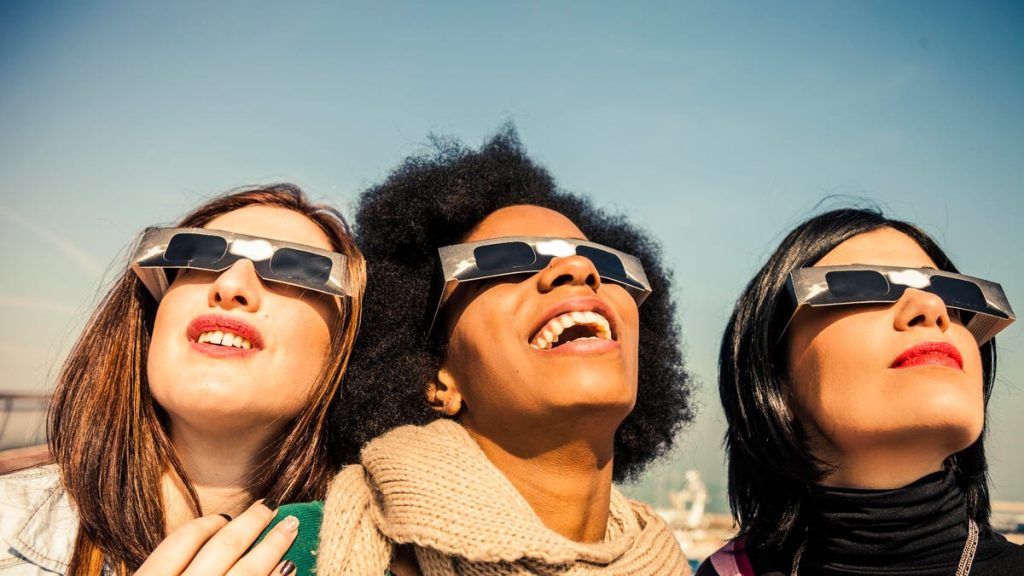Protecting your eyes during the total solar eclipse is crucial, whether you are in the path of totality or catching part of the eclipse. The solar eclipse can cause solar retinopathy, which is a type of retinal damage that can be compared to sunburn on the retina. Using proper eye protection, such as eclipse glasses, is essential to avoid letting dangerous amounts of ultraviolet radiation into your eyes and damaging the macular tissue in the retina. Unsafe viewing of the solar eclipse can have long-term consequences on your vision, so it’s important to take the necessary precautions.
Eclipse glasses are essential for safe viewing of the solar eclipse, as they are thousands of times darker than regular sunglasses. It is important to ensure that the glasses have been approved by the American Astronomical Society and meet the ISO 12312-2 standard. Beware of counterfeit glasses or those that do not meet safety standards claiming to be approved by the AAS. If you need eclipse glasses last minute, some brick-and-mortar stores like Walmart, Lowe’s, and others may still have them in stock. Additionally, you can use a pinhole eclipse projector to view the eclipse if you cannot find eclipse glasses in time.
Even if you have purchased eclipse glasses from a reputable source, it is crucial to test them before the main event. Wear your glasses in various lighting conditions, and they should block all light except sunlight reflected in a mirror. If any other light passes through the glasses, they may not be safe for viewing the solar eclipse. When in the path of totality, there is a brief period of time when it is safe to view the sky without glasses, but it is essential to keep them on during other phases of the eclipse. Solar retinopathy can lead to blurry vision, blind spots, distorted color vision, and other visual distortions, so it’s important to prioritize eye safety.
There is no specific amount of time that you can look at the sun before you are at risk of retinal damage, even a few seconds can cause permanent harm. Solar retinal damage typically takes about six to 12 hours to manifest, and the recovery period can range from a few months to up to a year. Children should be closely monitored, and it is recommended to keep them indoors to watch the eclipse on TV to prevent them from risking their vision by looking at the sun without proper eye protection. Every individual is unique in their susceptibility to retinal damage, so it’s crucial to take all necessary precautions to protect the eyes during the solar eclipse.


